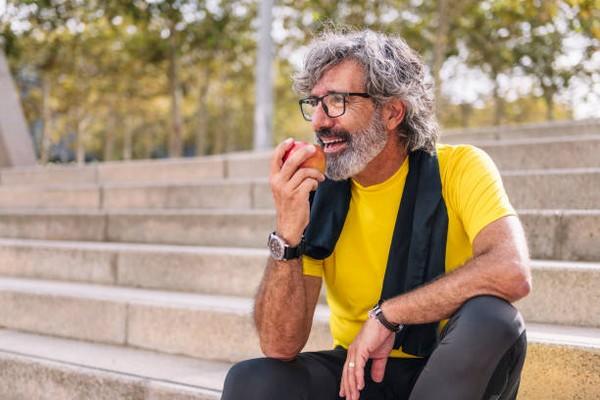Arthritis affects nearly half of people aged 65 and older, but experts say that staying active can significantly mitigate its effects. In Northern Virginia (NoVA), senior fitness classes designed to accommodate arthritis are making a big difference in people’s lives.
The Benefits of Movement
Head to Alexandria’s Chinquapin pool any Tuesday or Thursday morning, and you’ll find a group of mostly older women participating in the Aquatic Exercise for Seniors class. Many of these participants have arthritis or joint pain. The class exemplifies how movement, despite inflammation, can have a substantial positive impact.
Marianne Niles, who retired at 77 after a sedentary career, struggled with arthritis and joint pain. Encouraged by her daughter, she joined the aquatic class. “It’s made a huge difference in my life,” says Niles, now nearing 79. “I was having symptoms that crimped my lifestyle.”
Susan Borinsky, 77, has been attending the class for about 12 years. Initially joining to exercise, she continued for relief from lower back pain and after a knee replacement. “It’s really nice to be with people your own age. Everybody has the same issues. There’s no competition. Everybody has good feelings and wants others to be doing well,” she says.
Local Arthritis Statistics
In Northern Virginia, about 19% of seniors have some form of arthritis, compared to about 36% in Southwestern Virginia, according to Mona Burwell, arthritis coordinator for the Virginia Department of Health. Despite the lower prevalence in NoVA, the condition remains a significant concern for many.
Aquatic Exercises: A Gentle Option
Candice Kaup, founder of On the Move, has been teaching aquatic exercises in Alexandria for 25 years. Her classes, which last 45 minutes, include warm-ups followed by targeted cardiovascular, flexibility, and strength exercises. “Water exercise is an adjustable modality,” says Kaup. “It’s like a built-in weight room. The buoyancy helps with range of motion and reduces the impact on joints.”
Kaup emphasizes that the water’s bi-directional resistance and buoyancy make it safer for those with arthritis. Physical therapist Dr. Sushanth Taresh Kashyap agrees, noting that water exercises help manage stiffness and provide functional gains without the risk of falling.
Land-Based Options
For those who prefer land-based exercises, Holly Bailey, manager of the Ashburn Senior Center, recommends low-impact activities like chair yoga. “Chair yoga is more inclusive and doesn’t require getting up and down off the floor,” she explains. Bailey also teaches the popular SAIL (Stay Active and Independent for Life) class, which combines aerobics, strength, and stretching to reduce fall risk.
Yoga and Tai Chi
Yoga and tai chi are other excellent options for seniors with arthritis. Carole Toulousy-Michel, a yoga instructor who teaches a Bones, Balance, and Cognition class through NoVA’s Sun & Moon Yoga Studio, emphasizes the importance of posture and mindful movement. “Yoga and tai chi can improve mobility and flexibility,” she says. “They also stimulate brain functions and help relieve stress.”
Bailey concurs, suggesting that the best exercise is one that individuals enjoy and will consistently perform.
Conclusion
Engaging in joint-friendly exercises, whether in the water or on land, can greatly improve the quality of life for seniors with arthritis. As Marianne Niles puts it, “Exercise helps you realize you can make changes. You’re not destined to continue having a reduction in your ability to enjoy things or move.”
For seniors in NoVA, the options are diverse and accessible, making it easier than ever to stay active and manage arthritis effectively.


